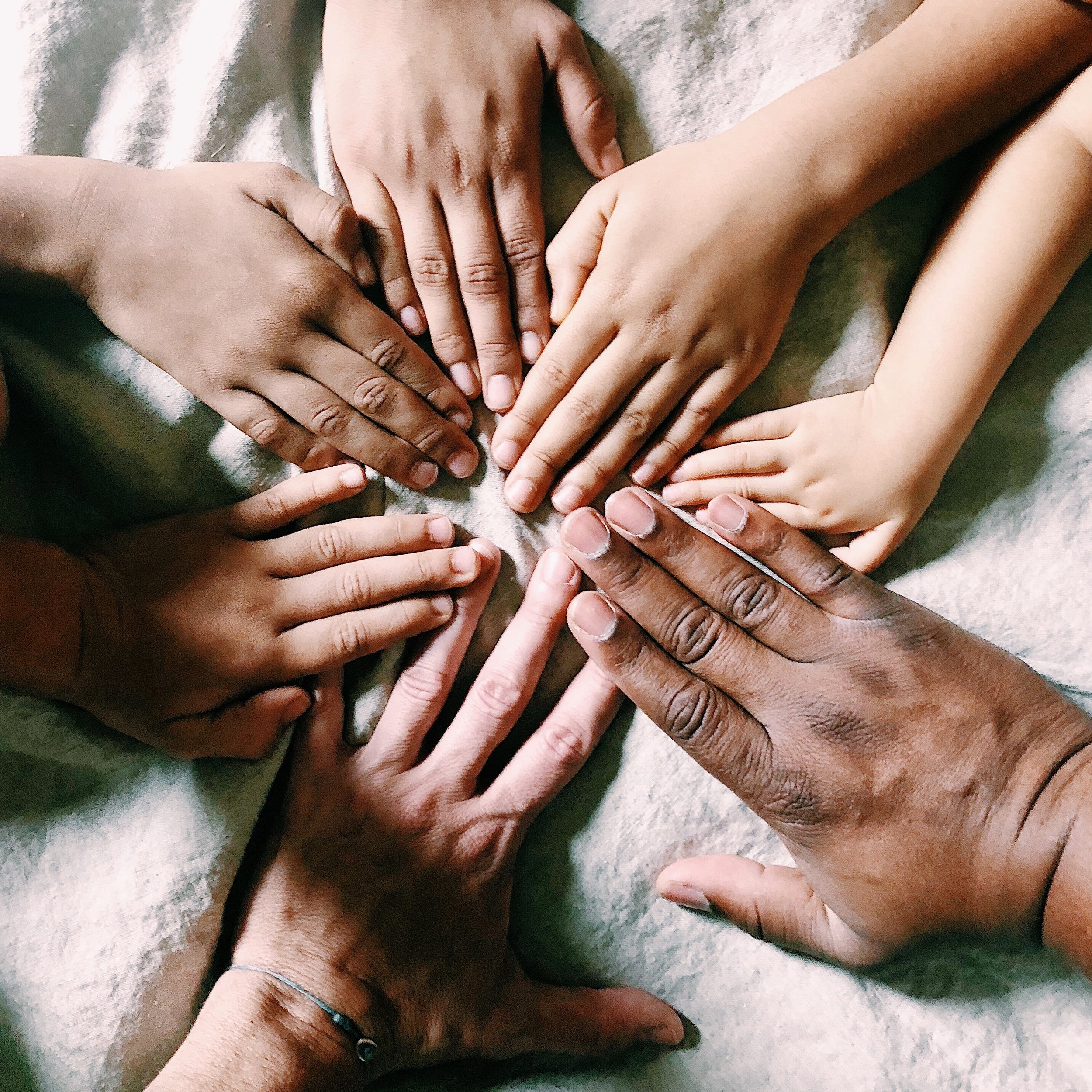On a monthly basis I participate in a conversation with projectCURATE striving to build toward racial justice. It is a Leader-full organization with some of the most brilliant and passionate minds I’ve been around. To learn more, I encourage you to visit the website here and consider joining us.
Anyhow, this semester we are reading Emergent Strategy by adrienne maree brown. It is, for all intents and purposes, a work of autocosmology. She explores the ways in which parts work together to create a unified whole, both in nature and in community. She borrows the mathematical concept of fractals, defined as “a curve or geometric figure, each part of which has the same statistical character as the whole. Fractals are useful in modeling structures (such as eroded coastlines or snowflakes) in which similar patterns recur at progressively smaller scales, and in describing partly random or chaotic phenomena such as crystal growth, fluid turbulence, and galaxy formation.”
Fractals, then, are everywhere. Think of the fern, a dandelion, a succulent, a cauliflower, a snail shell. . .It’s got me wondering: Are human beings a kind of fractal? We are geometrically and biologically similar, from the smallest to the largest one of us. We are individual forms - my sense of “I” is separate from “you” - but I could not exist without you. We are separate, but we are also one. The word fractal originates from the Latin: frangere, meaning “to break, to crush.” Fractal means broken.
I think of the concept of Tikkun Olam, in which it is said we were once all part of a single ball of light. That light exploded, breaking into trillions of tiny pieces, individual and separate in their new nature. In that fractured existence, the only way back to unity is through healing the heart of the world. So it is true for us: the only way back to our wholeness is through first recognizing we are broken apart, and then doing the work to heal those broken spaces. Fractals make beautiful patterns when they are pieced back together. If we are like dandelions, blown apart in the form of a wish, then each seed drifts in the wind, and eventually roots and grows into a new dandelion, a new potential wish. Each part has the capacity to grow an entirely new whole. Though I am not finished with the book, my so far sense is that we are being lead to ask ourselves what is our unique part in creating a whole world in which we wish to live?
I closed my eyes last Saturday at CURATE and listened to Maya Angelou’s recorded voice read part of her poem “On the Pulse of Morning.” These words floated out to me:
The horizon leans forward
(un)wedded to fear.
lean forward.
Take it into the palms of your hands.
Lean.
Forward.
Mold
Sculpt
Lift
Pulse
Lean.

